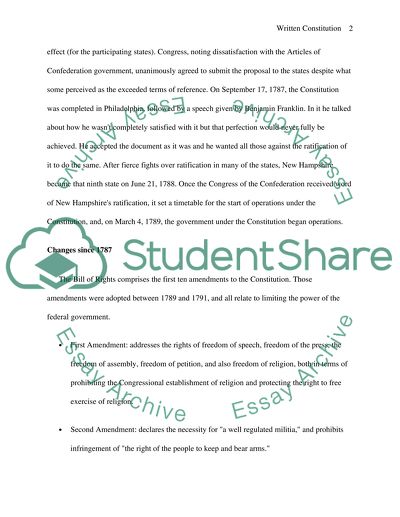Cite this document
(“The origins of the US Constitution Essay Example | Topics and Well Written Essays - 2000 words”, n.d.)
The origins of the US Constitution Essay Example | Topics and Well Written Essays - 2000 words. Retrieved from https://studentshare.org/law/1509291-the-origins-of-the-us-constitution
The origins of the US Constitution Essay Example | Topics and Well Written Essays - 2000 words. Retrieved from https://studentshare.org/law/1509291-the-origins-of-the-us-constitution
(The Origins of the US Constitution Essay Example | Topics and Well Written Essays - 2000 Words)
The Origins of the US Constitution Essay Example | Topics and Well Written Essays - 2000 Words. https://studentshare.org/law/1509291-the-origins-of-the-us-constitution.
The Origins of the US Constitution Essay Example | Topics and Well Written Essays - 2000 Words. https://studentshare.org/law/1509291-the-origins-of-the-us-constitution.
“The Origins of the US Constitution Essay Example | Topics and Well Written Essays - 2000 Words”, n.d. https://studentshare.org/law/1509291-the-origins-of-the-us-constitution.


